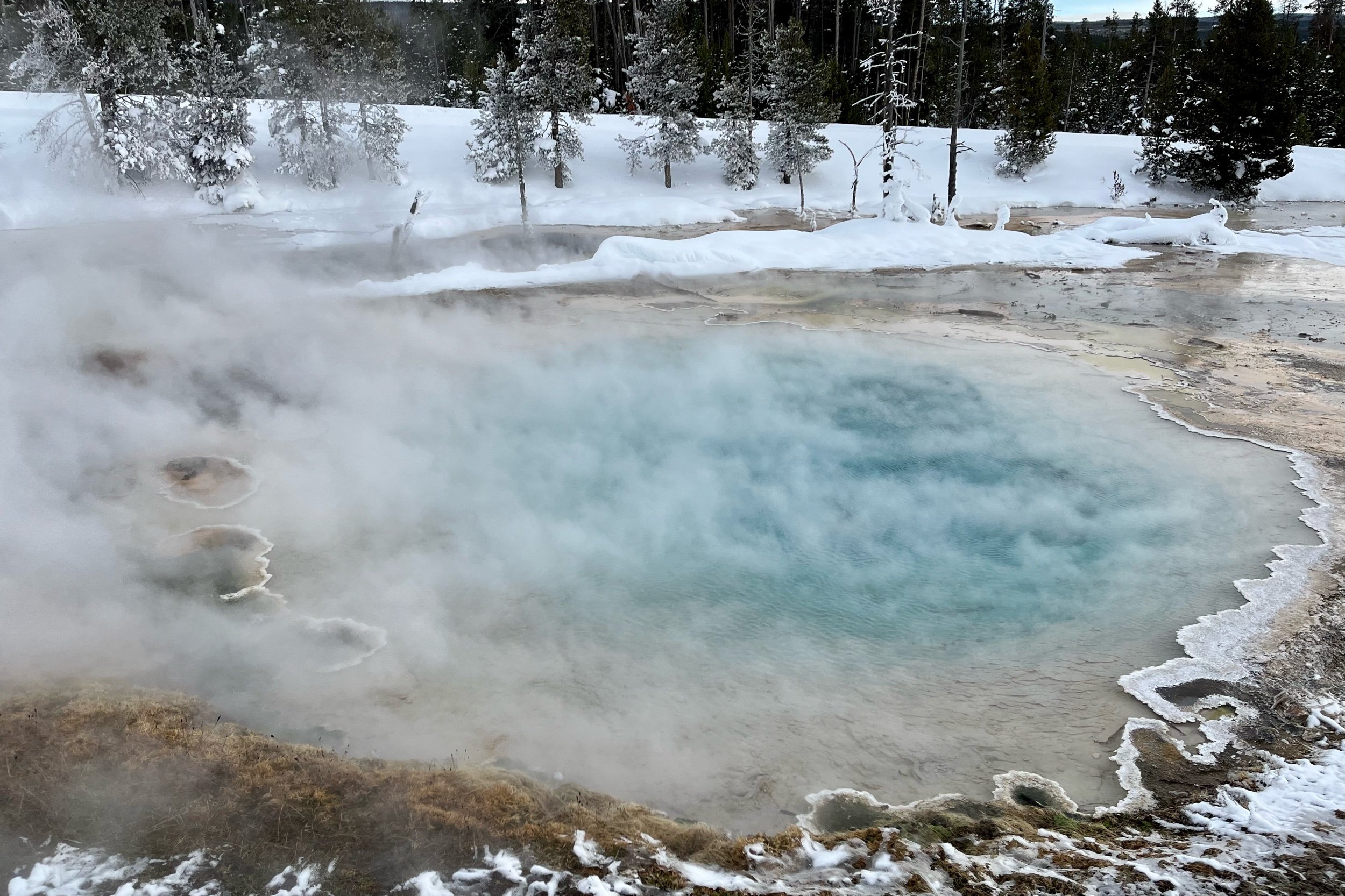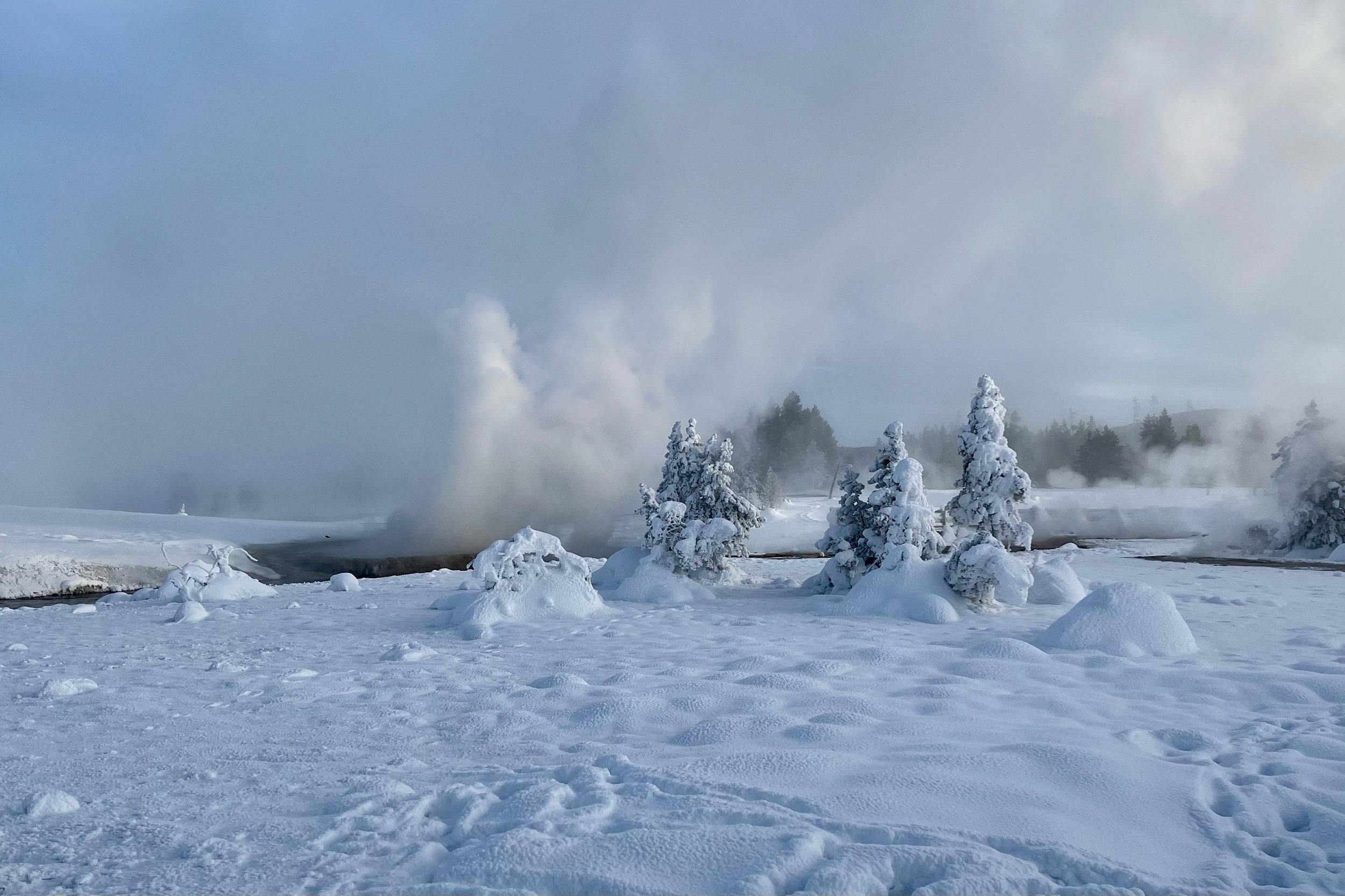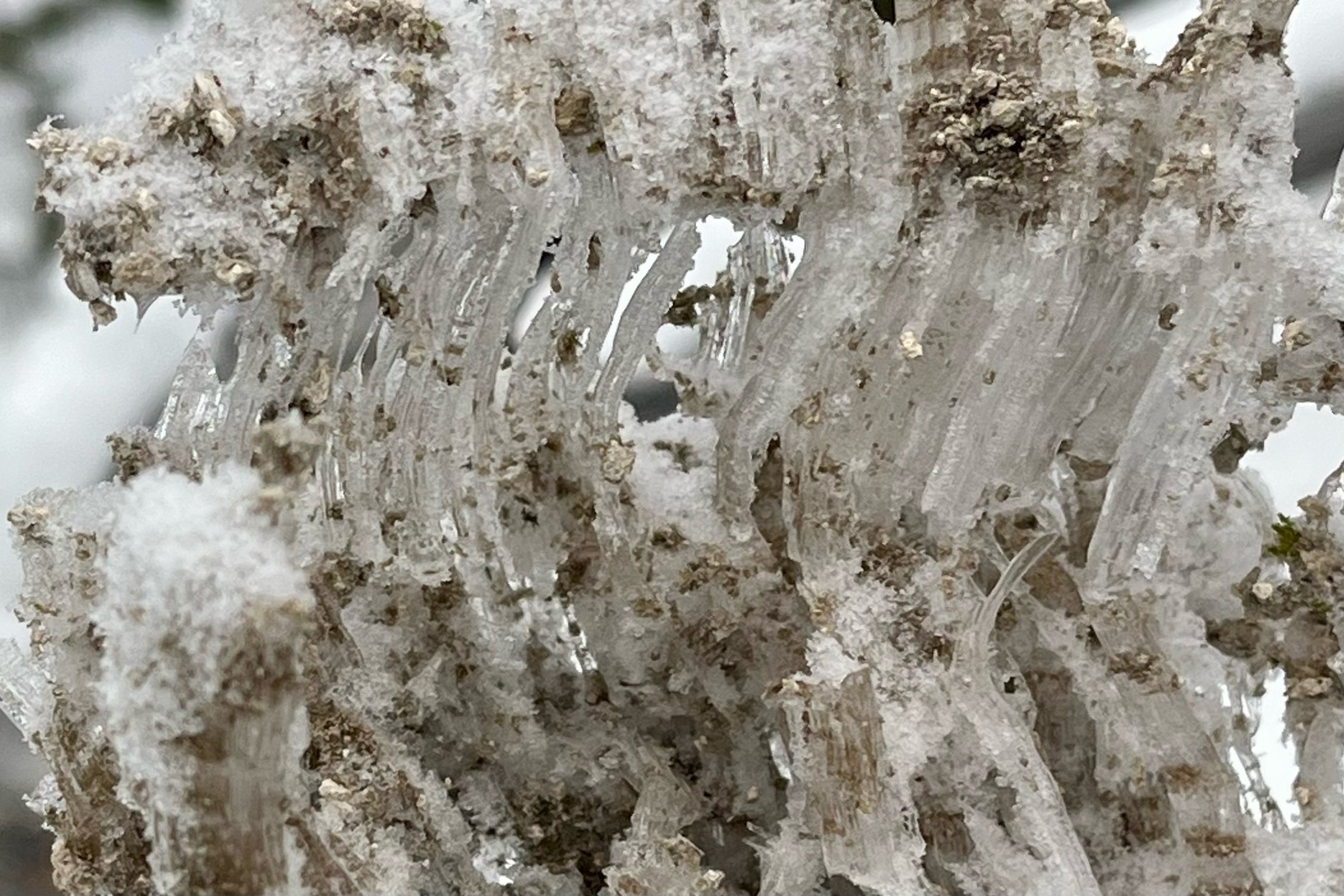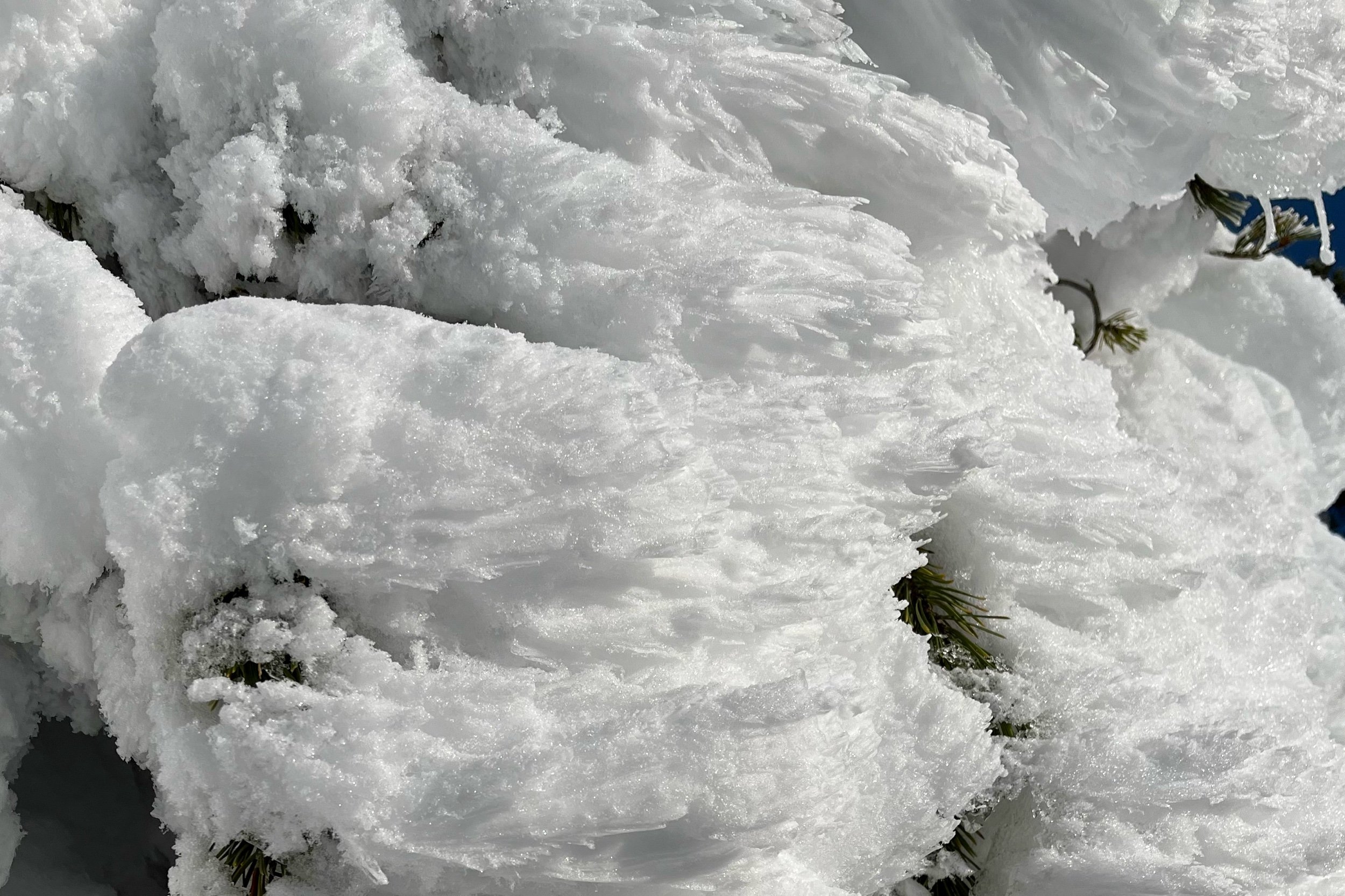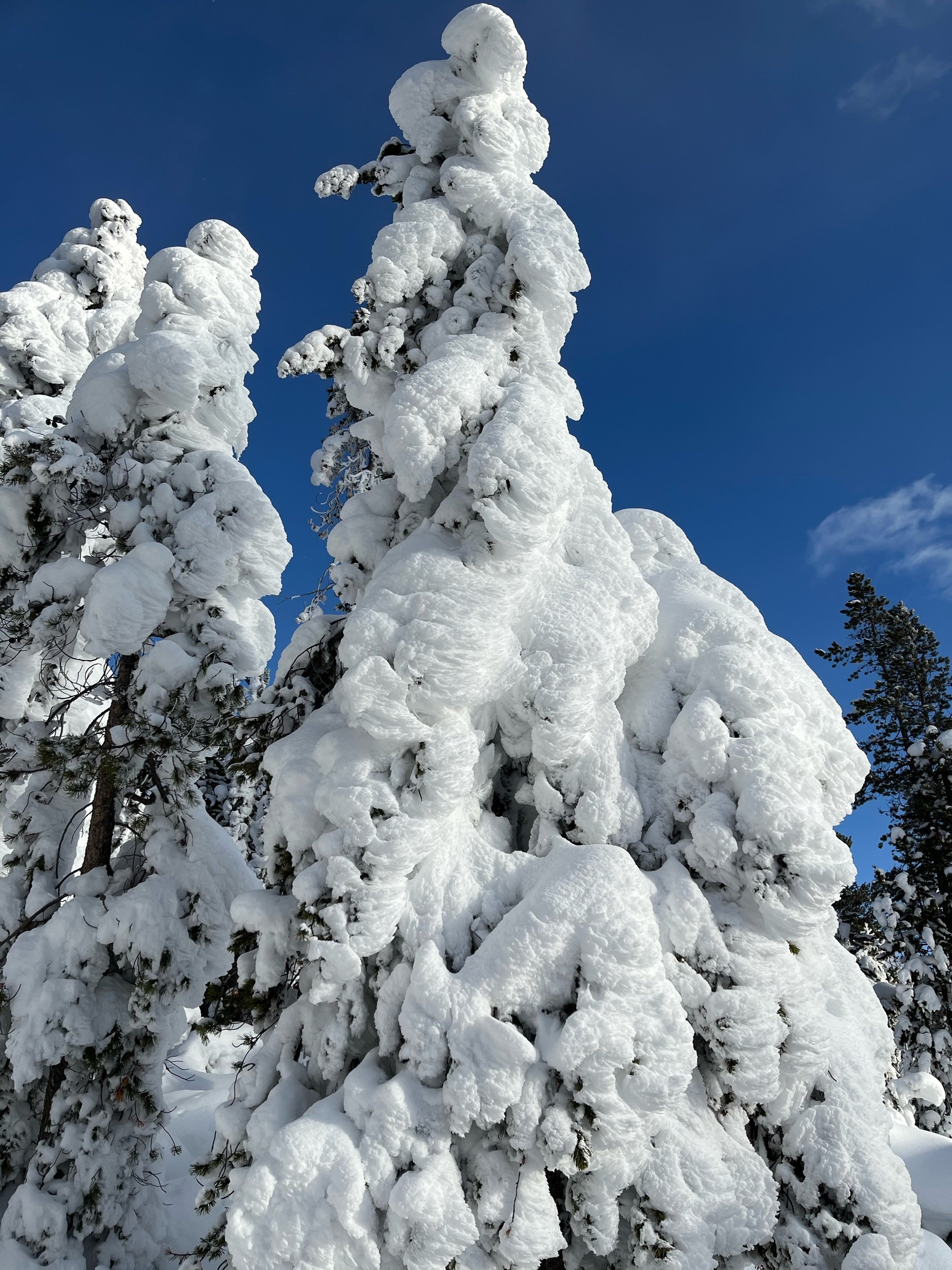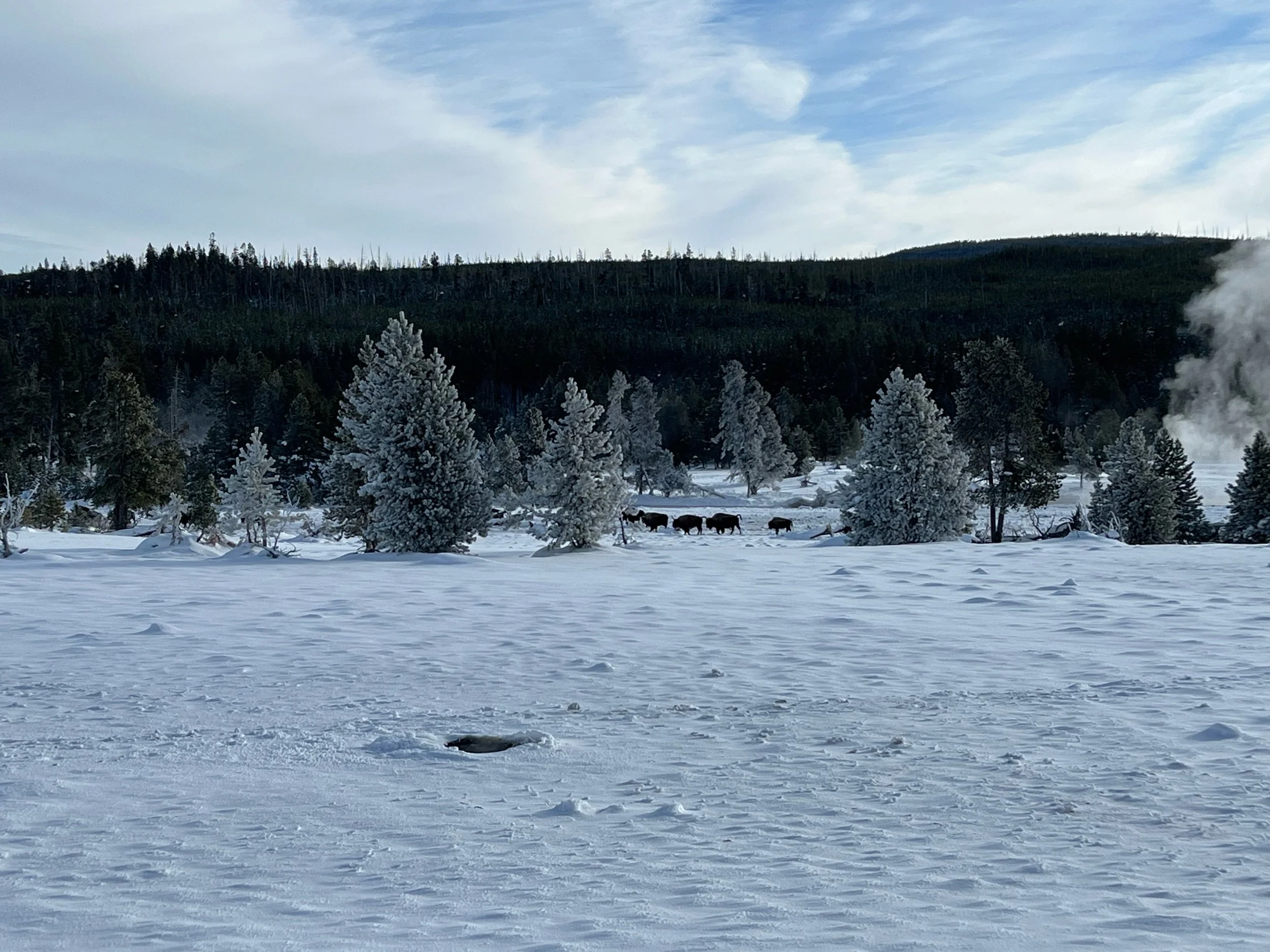A Song of Fire and Ice
In the middle of middle America
Sits a breathtaking wonderland of fire and ice
Snow covered trees and wildlife used to zero degrees
It’s a destination worth visiting twice or even thrice
Yellowstone is the worlds first national park created by President Ulysses S Grant in 1872 and is also one of the largest at 4.4m acres. It was created as a national park due to its thermal features which are abundant due to it sitting on a geological hotspot similar to Hawaii and Iceland. There are two different theories as to what a hotspot is: either it’s an area where a is a plume of magma from the earth’s core or it’s an area where the crust of the earth is unusually thin which allows the magma to rise closer to the surface. In any case, it is one of the most geologically dynamic areas on Earth and the location of one of the largest volcanic eruptions known to have occurred creating a huge caldera. The park contains more than 10,000 hydrothermal features including about 500 geysers which is the largest concentration of active geysers in the world and more than half of all the active geysers in the world including the tallest active geyser. There is a taller recorded geyser in New Zealand however that hasn’t been active since 1908. It is also one of the few places in the world where active travertine terraces are found, at Mammoth Hot Springs.
In Yellowstone, we saw four types of geothermal features: geysers, mud pools, fumeroles and springs. Fumeroles, geysers and springs are essentially the same thing just at different temperatures: springs have water, fumeroles have steam. A geyser is a hot spring that has some kind of constriction in its plumbing that causes a build up of pressure which releases periodically.
Mudpots are also a hot spring of fumerole - just one that is acidic enough to dissolve the rock surrounding it.
We got to see a lot of all four types over the days that we were in Yellowstone so rather than describe each one, here are my top three:
Thumper : this is a large hot spring that periodically lets out a loud, ground shaking thump as a result of bubbles steam and gas exploding under ground. Ant happened to be leaning on the fence when the spring ‘thumped’ and he got quite the fright thinking the thump was the sound of the sturdy log fence giving way. If you lie on the ground, the earth literally moves for you.
The Paint Pots: these are a set of mud pools that are acidic enough to be various shades of pinks, reds and oranges. Sitting in the white winterscape, the entire area is beautiful and my photos don’t do it justice at all. In fact, this was the only downside of a winter visit: the air is so cold that many features are obscured by steam.
Old Faithful - there is something very primal about a geyser without being terrifying and Old Faithful is a spectacular geyser sitting alone in the middle of a wide, flat expanse. The best part about visiting in winter is there’s almost no one else around so you get to have a more reflective experience which I much prefer.
Antoine’s Content Corner
I don’t know why they call it Yellowstone - its all white steam and white snow.
The Weather Report
Two exhausted reporters on location in front of a geyser




